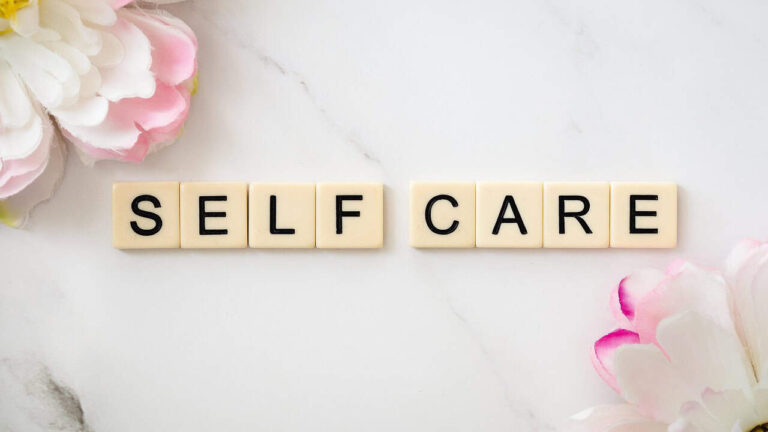Boundary Mapping: The Relationship Tool You Didn’t Know You Needed
Boundary mapping is essential in relationships because our lives are challenged with new roles and responsibilities. With social media, remote work, and friendships, our time, energy, and priorities often require shifting. Boundary mapping is a type of self-care because it prevents you from spreading yourself too thin. Setting boundaries involves being clear on what you can and cannot do for others.
You set limits on how much of your time, talents, assets, and labor you can contribute to someone or something. It must be without guilt or fear. It’s honesty and self-preservation. It’s giving only what you are capable of while protecting your physical, mental, emotional, and spiritual well-being.
Boundary Mapping Myths

Before you can begin boundary mapping, it’s important to dispel myths you’ve learned about setting boundaries. Most people fear setting boundaries with others because they fear appearing selfish. Asking for what you need for your own personal well-being isn’t selfish. It’s liberating. It’s being authentic and self-aware. It ensures peace and fulfillment in your relationships.
Authenticity and maturity lead to decision-making that’s based on your time and capabilities. If you’ve believed that your needs were secondary to family or close friends, you’ve embraced a myth. If you’ve put your health and happiness on hold for other commitments, you must consider relationship mapping.
Asserting your needs may be a nightmare for people who want to control you. But to maintain healthy relationships built on mutual respect and reciprocity, road mapping is your number one option.
Go Inward
For boundary mapping to serve you well, discover your authentic voice and set boundaries according to how you truly feel. A sense of belonging is innate to humans. Emotional connectedness to others is important. Like others, you may have denied your feelings to maintain personal connections you didn’t want to lose.
It’s okay to express different opinions or goals in a respectful and considerate manner. When you understand your own needs, you can honestly convey them to others.. When your authentic needs are aligned with your boundaries, you won’t end up resentful of others.
Communication is Key
Boundary mapping requires direct communication. Oftentimes, anger and resentment occur because boundaries weren’t set. People had different expectations, and they clashed when their expectations weren’t met. When emotions like anger run high, it’s a sign that clear boundaries weren’t set. Communication may feel like confrontation, but see it as empowerment.
When you clarify your expectations, goals, or intentions from the beginning, there is no misunderstanding of your motives. Ensure the other party communicates their boundaries as well. Then you’ll be confident your relationship has a solid base on which to develop and grow.
Accept Differences

In any relationship, there will be differences. It’s a myth to believe all relationships work out perfectly in the end. It’s normal for people to have different beliefs, ideas, and operating styles. The key is working together to resolve differences by discussing them. Have honest discussions. Look for ways to compromise or to incorporate different ideas.
Leave Room for Change
The reality is that things change. What is good for you in the present moment may not be good in the long run. Always give yourself and others the right to change course. As humans, we’re constantly changing our minds about how we feel about things. Don’t let anyone pigeonhole you into one mode of operation. As new information is revealed, change often becomes necessary.
So, leave room for yourself and others to change their minds. The boundary mapping you set today may change in the future. You may make minor or major adjustments that suit your current authenticity. Changing your mind in a relationship should not be a deal breaker. Changing your mind is a normal part of life.
Final Thoughts
For relationships to thrive, they need authentic people on both sides. Boundary mapping aligns your authentic beliefs with your needs and expectations in relationships. It’s a way to discover what your true needs are and communicate them to others. Boundary mapping involves accepting differences and leaving room for change.
So, if you find yourself butting heads in your relationships, stop it. Start practicing boundary mapping to keep your relationships on the right track for your health and well-being.





